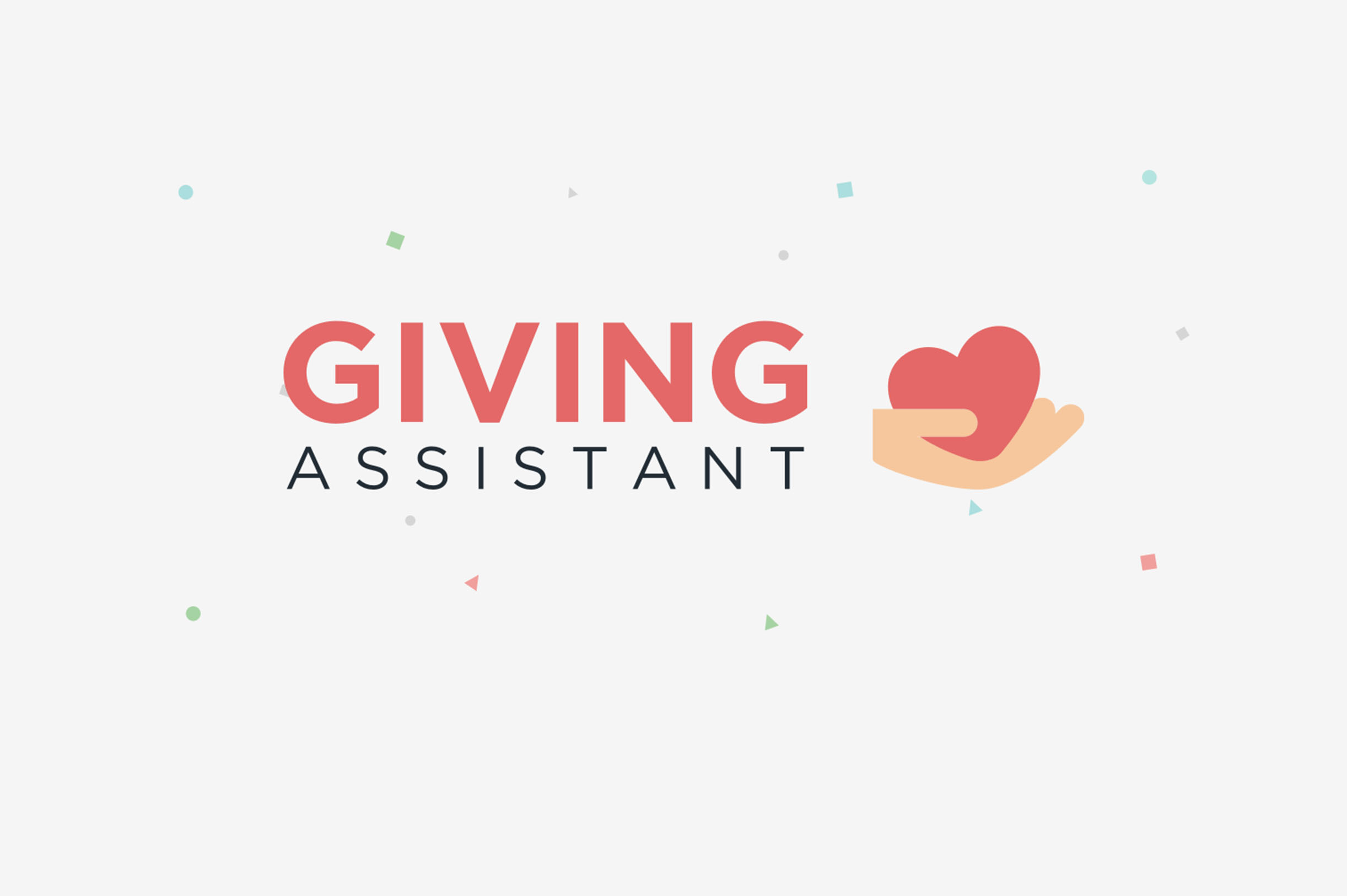
Sandy Hook Receives $50,000 Donation
November 21, 2019
Giving Assistant – 9 Ideas for Raising More Money
November 22, 2019Maxie Carpenter Says, “Nonprofits Must Operate As For-Profits”

Maxie Carpenter says a lot of things. Here’s what he has to say about charity and free market enterprise principles. I’ve been encouraging Nonprofits since the 2008 US financial collapse to look at their organizations more like a business. The rationale made sense to me coming from the for-profit marketplace, where most of my career was in retail. The most significant obstacle I faced was the resistance to change in the culture pf Nonprofits, especially having to do with waiting for the money to come rather than having a relevant story or mission that compelled the money to come.
Nonprofit organizations face a fundamental business challenge today with the very fact that they are Nonprofits.
Most of the 1.5 million US Nonprofits don’t see themselves as supporting their work by competing for anything since they don’t sell products or services in the same manner as business models. The problem with the typical Nonprofit model is that it’s based on dependence, where the Nonprofit scavenges for funding every year from unpredictable revenue streams such as grants, federal funding, donors, and every manner of in-kind donation imaginable.
But can a truly Nonprofit 501(c)(3) organization really innovate? The answer is yes, because business model innovation has started to manifest itself in the Nonprofit sector.
More and more entrepreneurs are founding social outreaches. Many of these organizations are actually for-profit companies with socially-focused missions like Tom’s, which has donated a cumulative 60 million pairs of shoes worldwide since it was founded.
The Nonprofit Union & Fifth, headquartered in Boston, MA, is a leading online luxury resale clothing retailer. Inventories are donations from women with closets full of high-end brand dresses, shoes, purses, and pretty much any other clothing item you can imagine. Even celebrities like Kelly Osborne have jumped on Union & Fifth’s donation bandwagon. The most innovative part is that anyone who donates clothing can choose any charity of their choice and 50% of all net proceeds from the sale of their clothing goes directly to their selected cause. It’s a win-win-win business model, where those who donate get a tax deduction while supporting what they care about, and customers get great deals while seeing how their purchase will make the world a better place. For the Nonprofit, it creates a sustainable business model that gives it more consistency and reliability than an annual fundraising drive.
Another example is Old Skool Café in San Francisco, which delivers a 1940’s jazz-themed dining experience that includes great food, music and service, all delivered by and in support of at-risk youth. What started as an experiment with pop-up restaurants at various locations willing to host weekend dinners turned into a full-fledged supper club.
Founded in 2005 as a formal 501(c)(3) Nonprofit, the café employs at-risk youth between the ages of 16-22 who come from jail, foster care or situations of neglect. The café creates a supportive environment where its young workers gain new skills and become part of a supportive community. The tangible results speak for themselves with a recidivism rate of just 10% for its youth workers as compared to the national rate of 76%, all supported by a sustainable economic business model. The café has been so successful it’s about to re-open in a building that will be wholly owned and allow the organization to flourish for years to come.
And then there’s Notes4Hope in University City, MO, whose mission is to bring people and live music together to raise funds and build awareness to treat and prevent breast cancer. Notes4Hope basically organizes really cool concerts by well-known musicians, selling tickets that are tax deductions for concert attendees.
Additionally, Note4Hope’s mission isn’t just to support breast cancer prevention. The organization wants to support women going through treatment by developing a retail wellness kit similar to the type of package hospitals give to new moms. However, these kits include healthy products without cancer-causing chemicals like healing ointments, bath salts, natural lip balm, natural hand sanitizers, and a Notes4hope compilation music CD.
These are just a few examples of how Nonprofits have reinvented themselves by looking at their organization as much like a business as they do a Nonprofit. The best way for me to describe it is you lead with your heart, but you manage like a business.
Here are five strategies that I recommend for organizations willing to reinvent themselves in order to continue growing and sustaining through their life cycle.
- Think like a business. Assume your funding will dry up within the next year. How would you self-fund your activities? Could you sell a product like Union & Fifth, or charge for a service like Old Skool Café?
- Redefine your customer: In addition to those you serve, consider who could become a payingWho has money that would buy something you have to offer related to your mission? Union & Fifth ultimately serves other Nonprofits by delivering funding to them, but they define customer as any consumer who wants to buy women’s designer clothing.
- Package up offerings.Think creatively about what you provide, whether a product, service, event, or experience. What could you do to add value to donor’s lives that they would pay for? Old Skool Café isn’t just a cafe that sells food, it provides a supper club experience that rivals most restaurants. Notes4Hope doesn’t just organize concerts, it sells Wellness Kits that also support its mission.
- Don’t go it alone. Innovation is about partnerships. What are the for-profit partners that could provide resources or revenue in return for positive press or promotion? Union & Fifth partners with brand that donate overstock items or provide products to be sold through Union & Fifth’s online store.
- Create a sustainable business model. Measure the progress of your organization like a business. What percentage of revenue will come from revenue-generating activities, and how will this evolve over time?
In today’s environment, running a Nonprofit doesn’t mean eliminating profit from your thinking. Whatever you’re doing to serve the world, you can likely do more of it, in a more predictable, sustainable way by looking at it like a business model and innovating accordingly.
Maxie Carpenter Says, “Nonprofits Must Operate As For-Profits” was written by Maxie Carpenter. For more articles by Maxie VISIT HERE.
Maxie Carpenter Says, “Nonprofits Must Operate As For-Profits” was first posted at INSIDE CHARITY.

2 Comments
This makes sense. Actually, I agree with all of these. I enjoyed reading this one. Worth it. Thanks for sharing!!!!
Thanks for the feedback. I just finished seven years at a nonprofit similar to yous (www.samcc.org). It’s the largest feeding organization in AR. We implemented much of these principles and really moved the needle. You can find more of what I share with Nonprofits weekly at http://www.maxiecarpenter.com. Blessings!